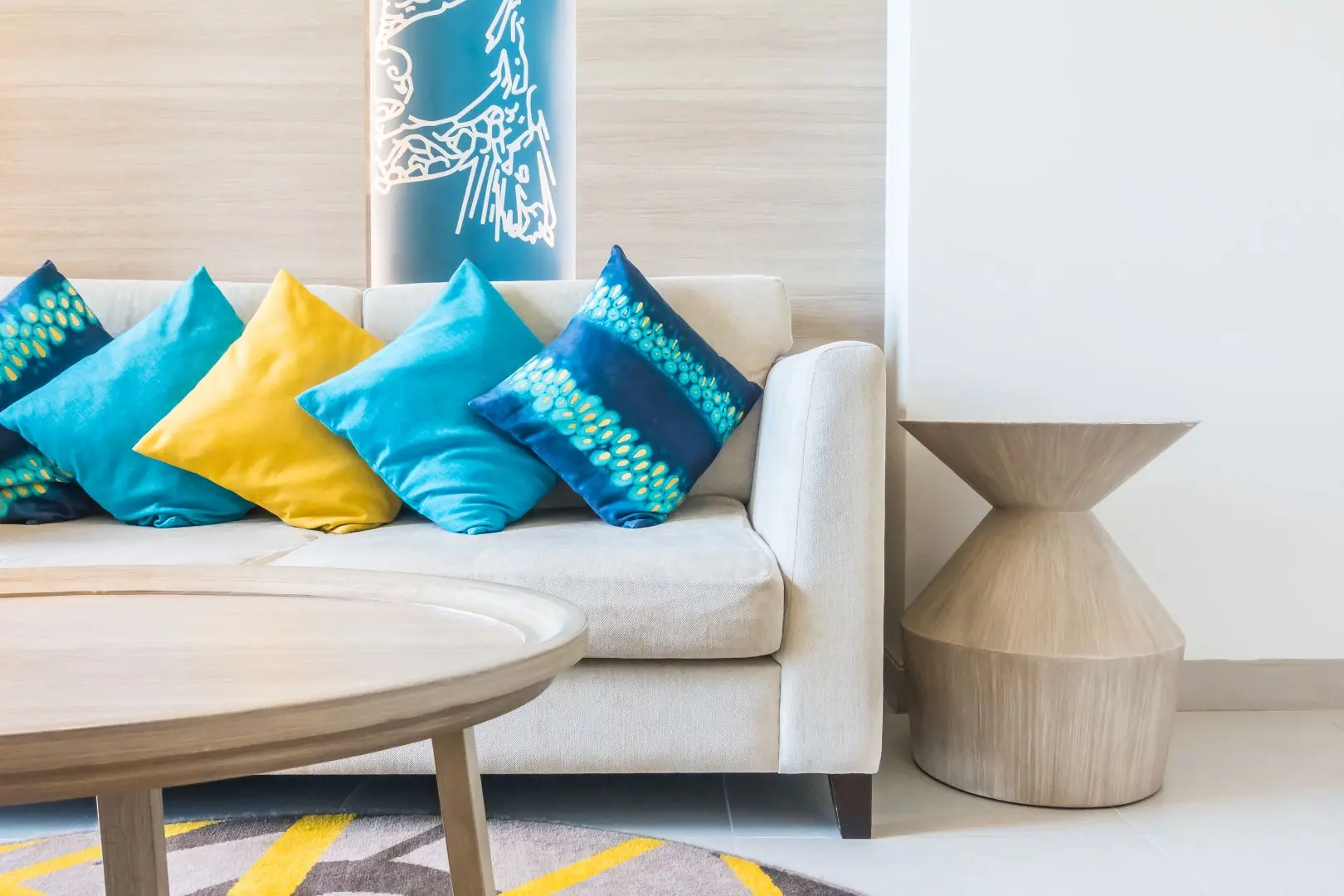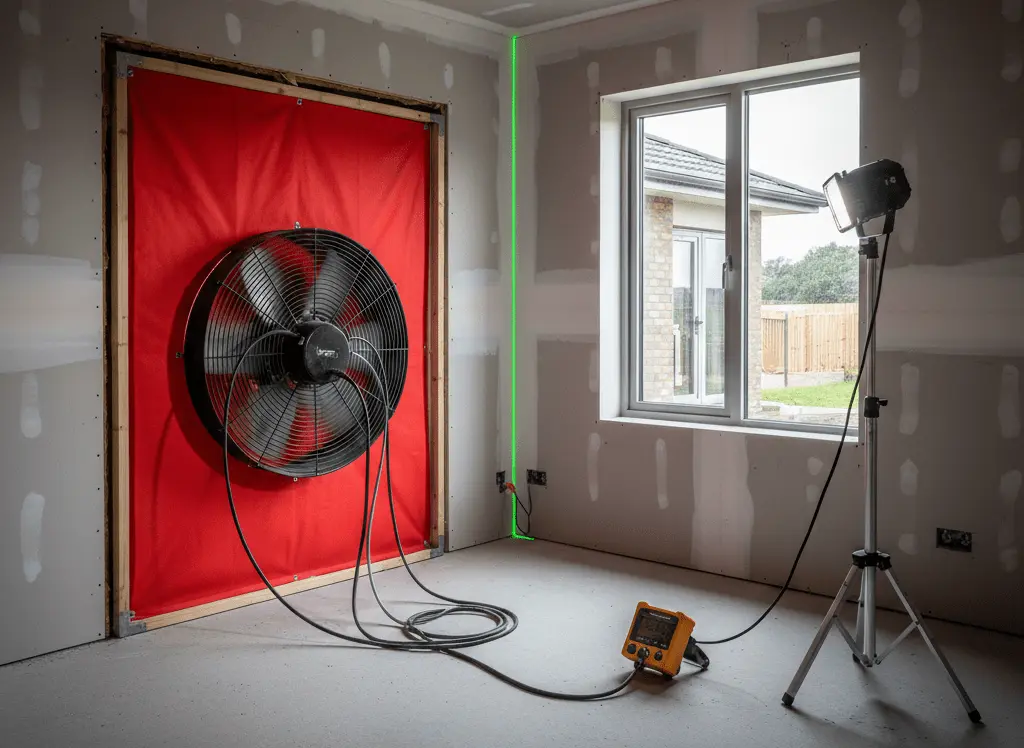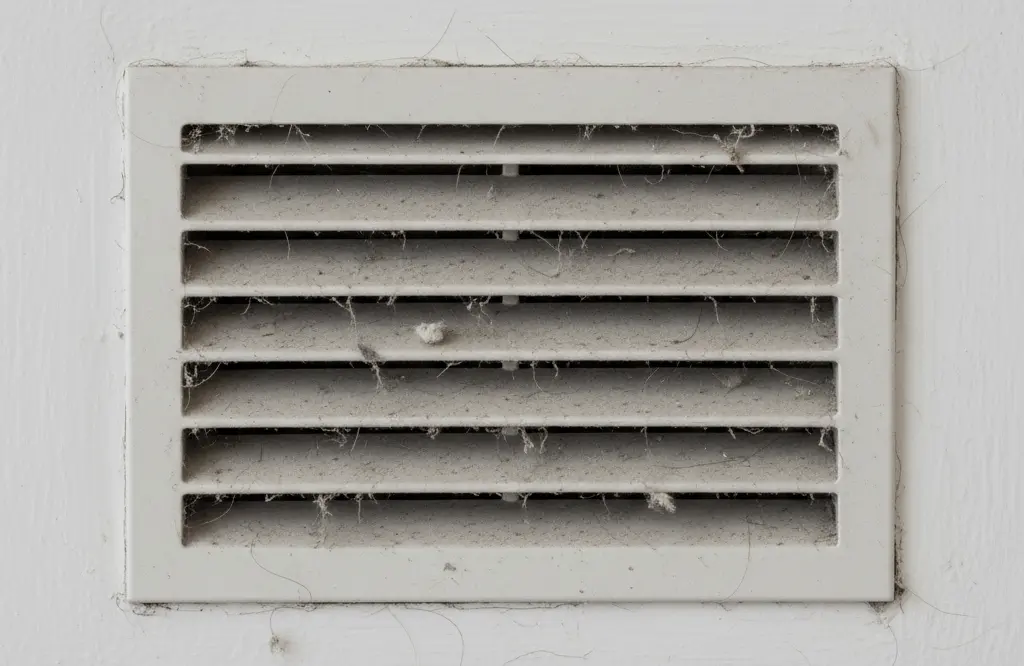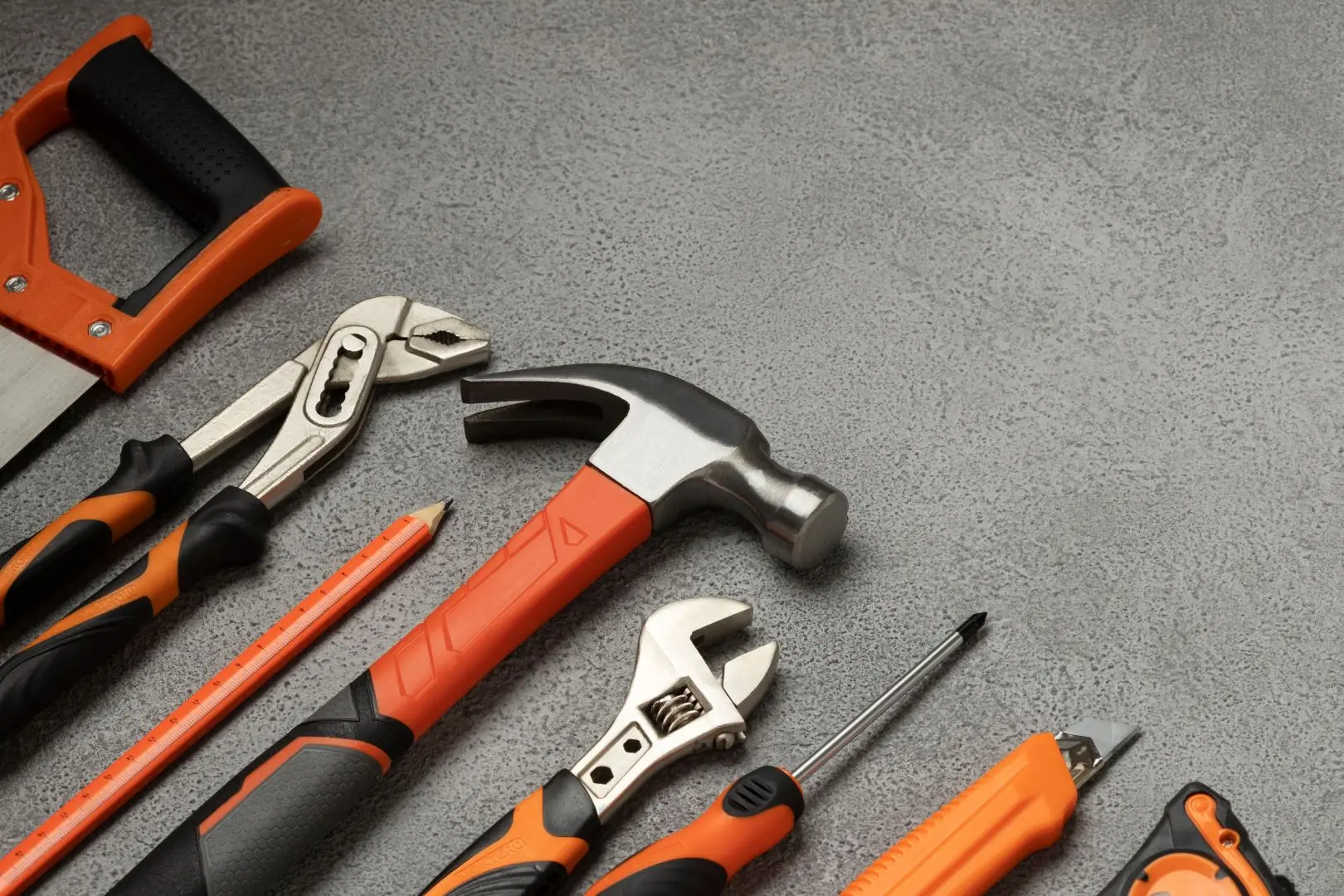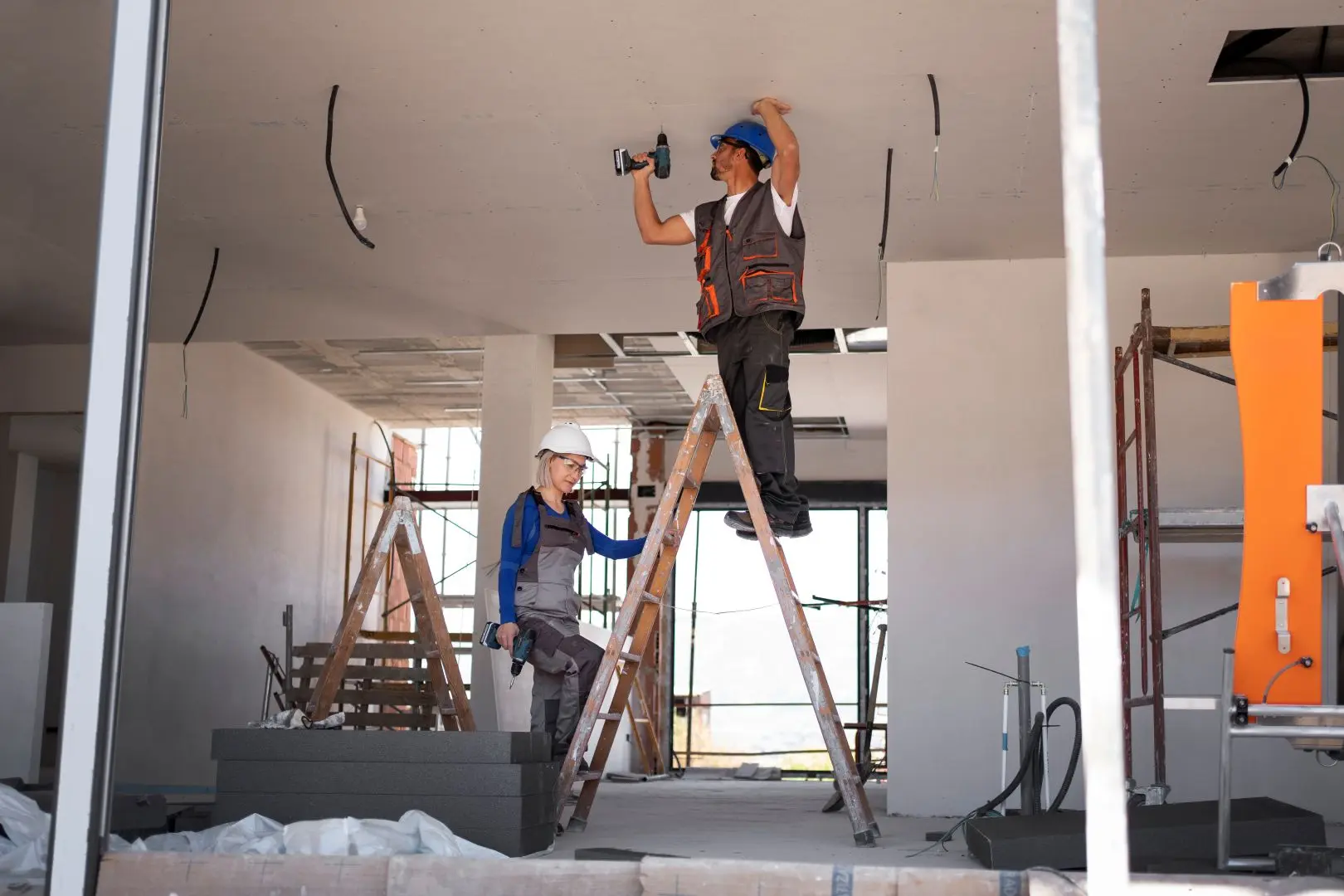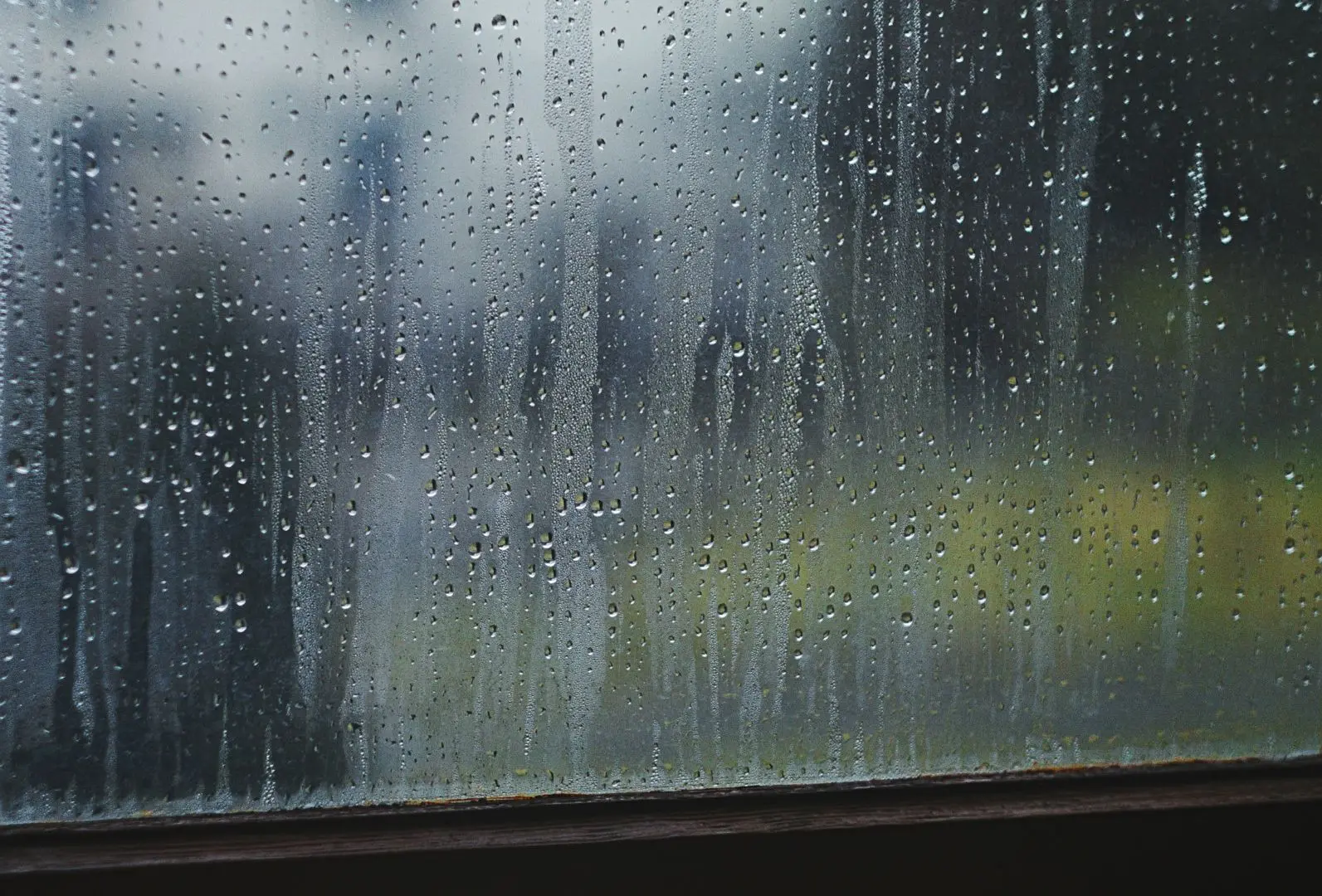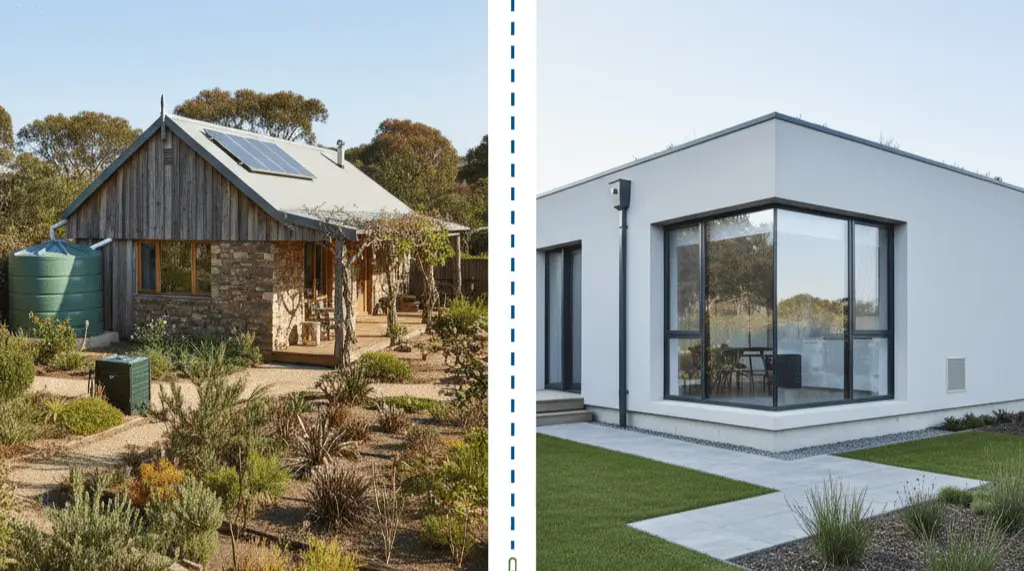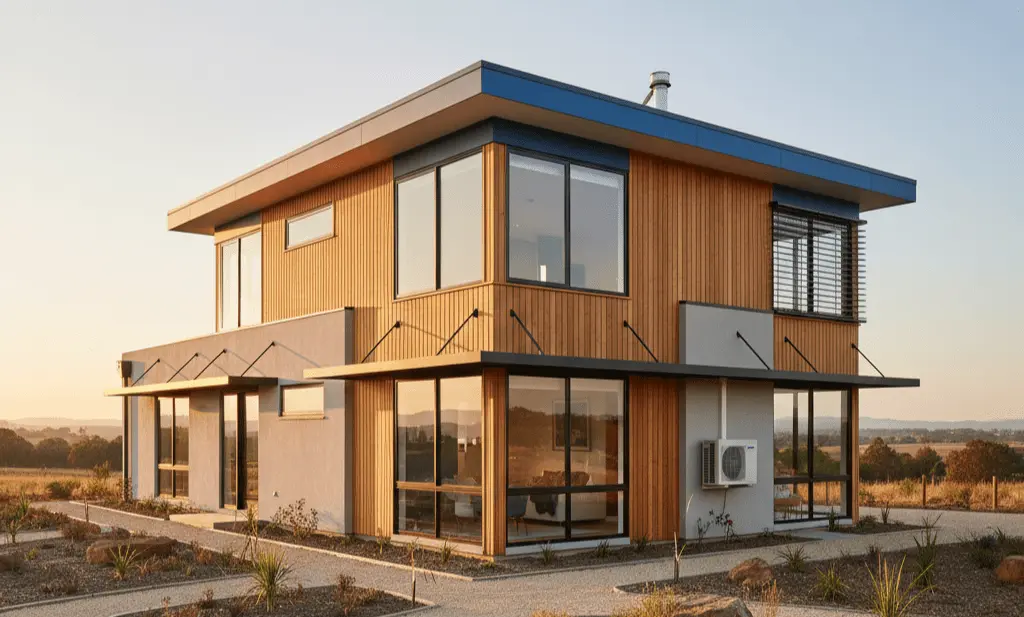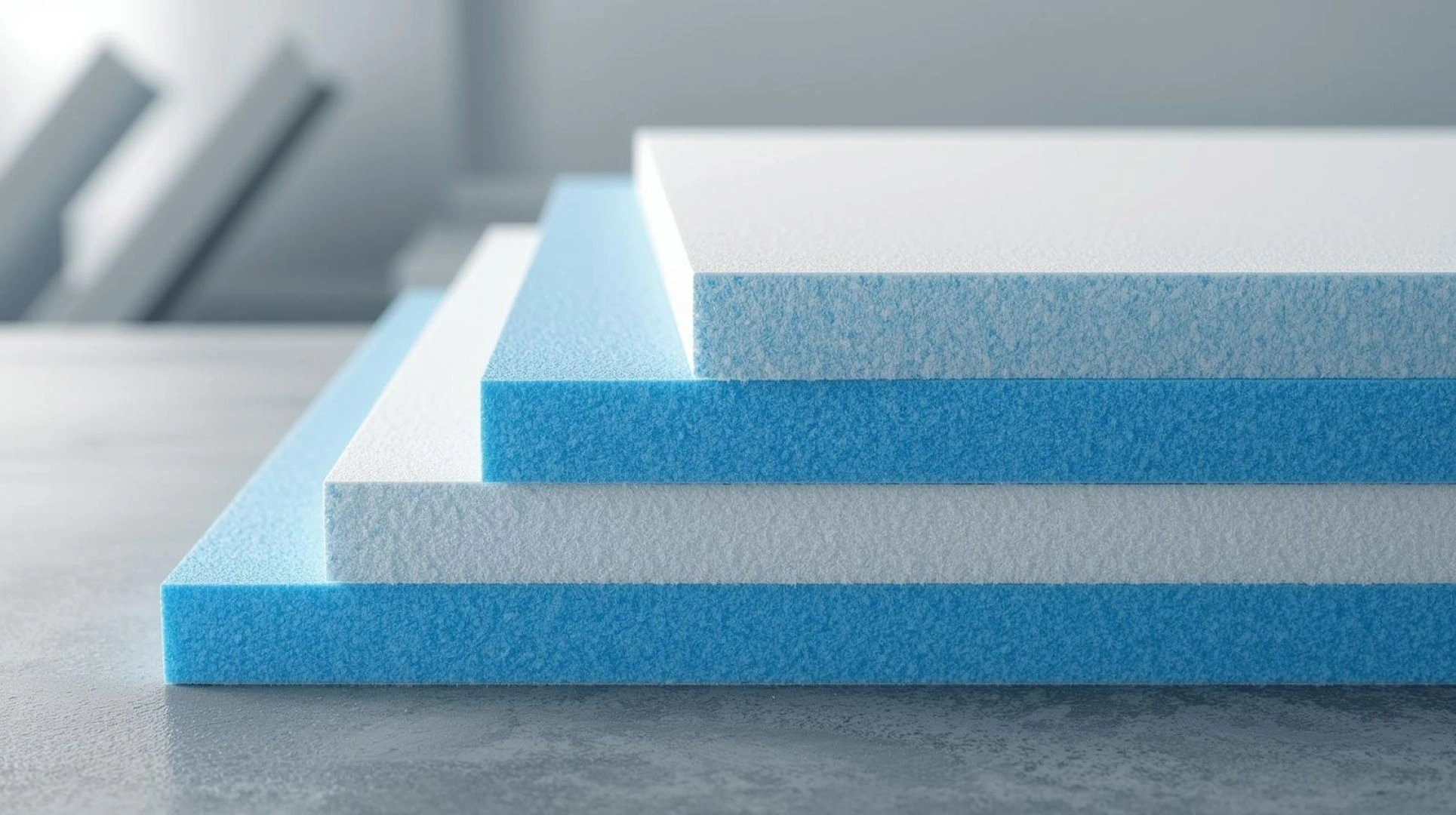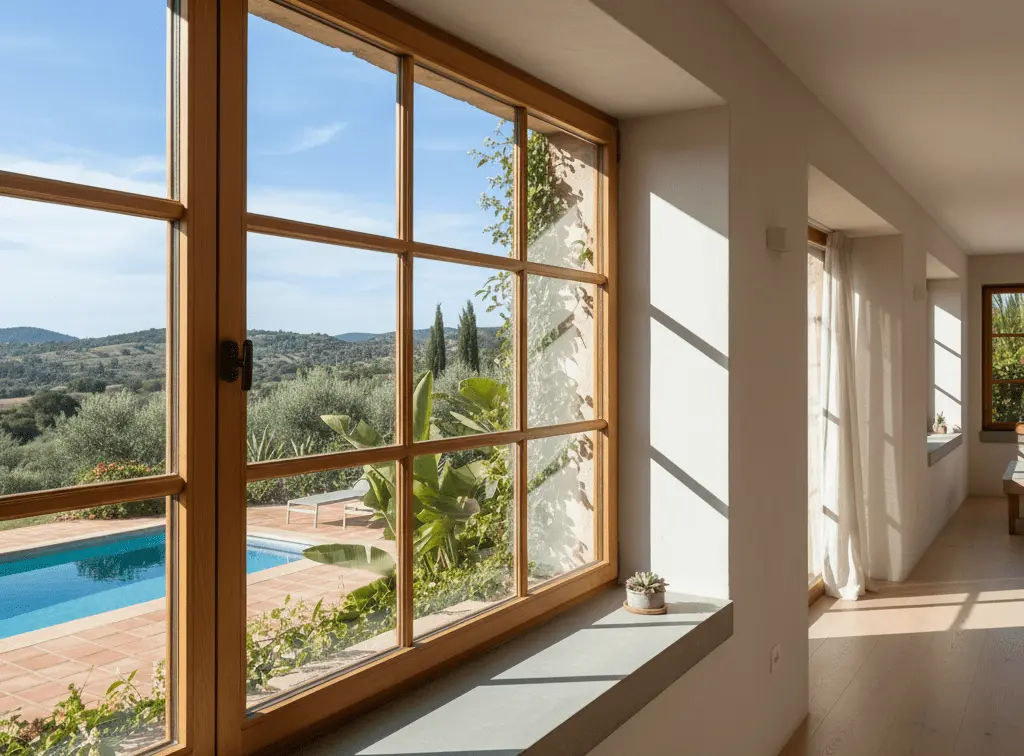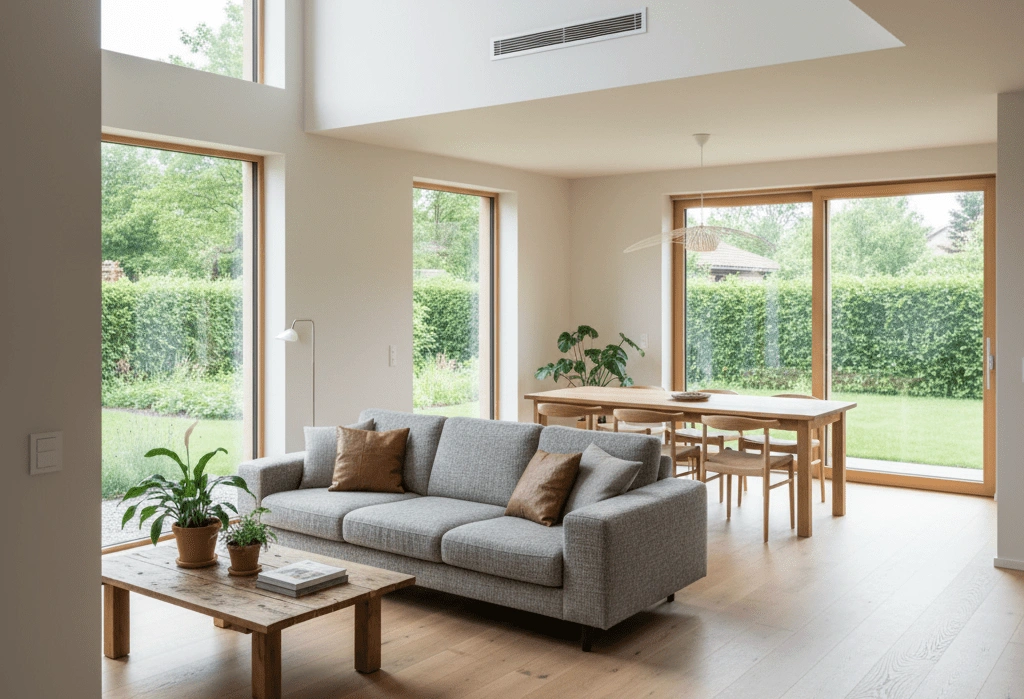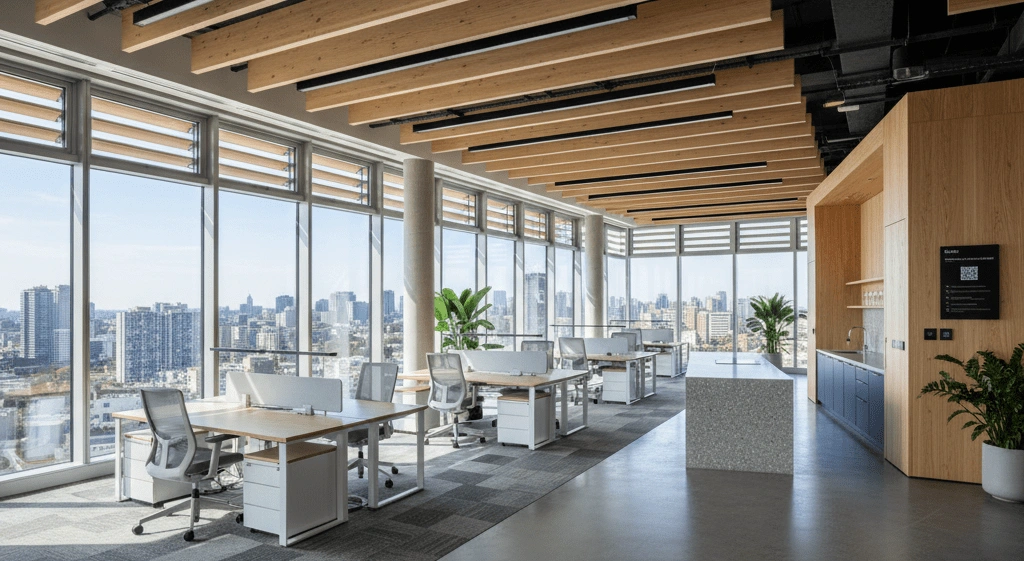How to prevent moisture issues in passive houses

Moisture problems can cause discomfort and damage in any home, but they require special attention in a passive house in Australia. Passive house design focuses on creating a highly airtight and energy-efficient building envelope. While airtightness helps reduce heat loss and improve comfort, it also means that moisture from everyday activities like cooking, showering and breathing can become trapped inside if not properly managed.
Without adequate ventilation and moisture control, this trapped humidity can lead to condensation, mould growth and damage to building materials. That is why preventing moisture build-up is a key part of designing a passive house and maintaining a healthy indoor environment.
Key strategies for preventing moisture in passive house designs
Ensuring proper ventilation and heat recovery
A well-designed ventilation system is essential. Passive house designs usually include mechanical ventilation with heat recovery (MVHR), which removes moist air and replaces it with fresh, filtered air without losing heat. This keeps humidity levels balanced and prevents condensation. The MVHR system works continuously, ensuring that indoor air quality remains high and moisture levels do not build up even when the house is sealed tightly.
Using vapour barriers and airtight membranes
During construction, vapour barriers and airtight membranes help control moisture movement through walls, floors and roofs. Correct installation of these layers is vital to prevent moisture entering the building structure, especially in wetter Australian climates.
Poorly installed vapour barriers or gaps in airtight membranes can allow moisture to penetrate, causing hidden damage that may be costly to repair later.
Giving attention to thermal bridges
Thermal bridges are areas where heat can escape or cold can enter, causing surfaces to cool down and attract condensation. A house designed with minimal thermal bridges reduces these cold spots and lowers the risk of moisture problems.
Passive building design carefully addresses these areas by using continuous insulation and avoiding gaps or weak points in the building fabric.
Choosing the right building materials
Materials that absorb and release moisture naturally, such as timber or breathable insulation, can help regulate indoor humidity. Passive home builders often select materials that contribute to a balanced moisture environment. These materials moderate moisture swings by absorbing excess humidity when indoor air is moist, then releasing it when air is drier, helping to maintain stable indoor conditions without the need for additional energy use.
Installing effective drainage and water management
Site planning and drainage systems ensure rainwater does not pool near the foundation or walls. Passive house design should include proper roof overhangs and gutters to direct water away, preventing dampness in the building envelope.
Groundwater control and grading also play a role in protecting the building from moisture damage. Careful landscape design that slopes away from the house prevents water from seeping into the foundation.
Monitoring indoor humidity levels
Regular monitoring of humidity in a passive house helps detect issues early. Maintaining relative humidity between 40 and 60% is ideal for comfort and to reduce mould risk.
Additional considerations for moisture control in passive home building
Construction
Moisture problems can start during the build if materials get wet or the site is exposed to rain. Passive home builders in Melbourne and across Australia should carefully manage construction sequencing and site protection to minimise moisture exposure before the building is sealed. Using moisture meters and allowing time for materials to dry properly reduces future risks.
It is important to include a drying-out period during construction, where the building is allowed to air out naturally before internal finishes are applied. This drying phase helps evaporate any trapped moisture in timber, concrete or insulation. Rushing this process can trap moisture inside the fabric, increasing the chance of mould or decay later on. Careful scheduling and site management ensure the building is dry and ready for the next construction stage.
Indoor moisture sources
Apart from cooking and showering, other moisture sources include houseplants, drying clothes indoors and aquariums. When designing a passive house, consider locating wet areas such as bathrooms and kitchens close to the ventilation ducts to remove moist air efficiently. Encouraging occupants to use extractor fans and keep windows slightly open when possible helps too.
Seasonal moisture changes
Australia’s climate varies widely, so passive house design projects must account for seasonal shifts in humidity. In some regions, winter can be cold and dry, while summer brings high humidity. Passive house design plans often include shading and thermal mass to balance temperature swings, but moisture control through ventilation remains vital year-round.
Ensuring a dry and comfortable passive home
Preventing moisture issues in passive houses starts with good passive home building practices and attention to detail in passive building design. By integrating controlled ventilation, airtight construction, suitable materials and effective water management, you can enjoy the comfort and energy savings of a passive design house without worrying about moisture damage. Proper planning and ongoing monitoring will keep your passive home healthy, durable and comfortable for years to come.

